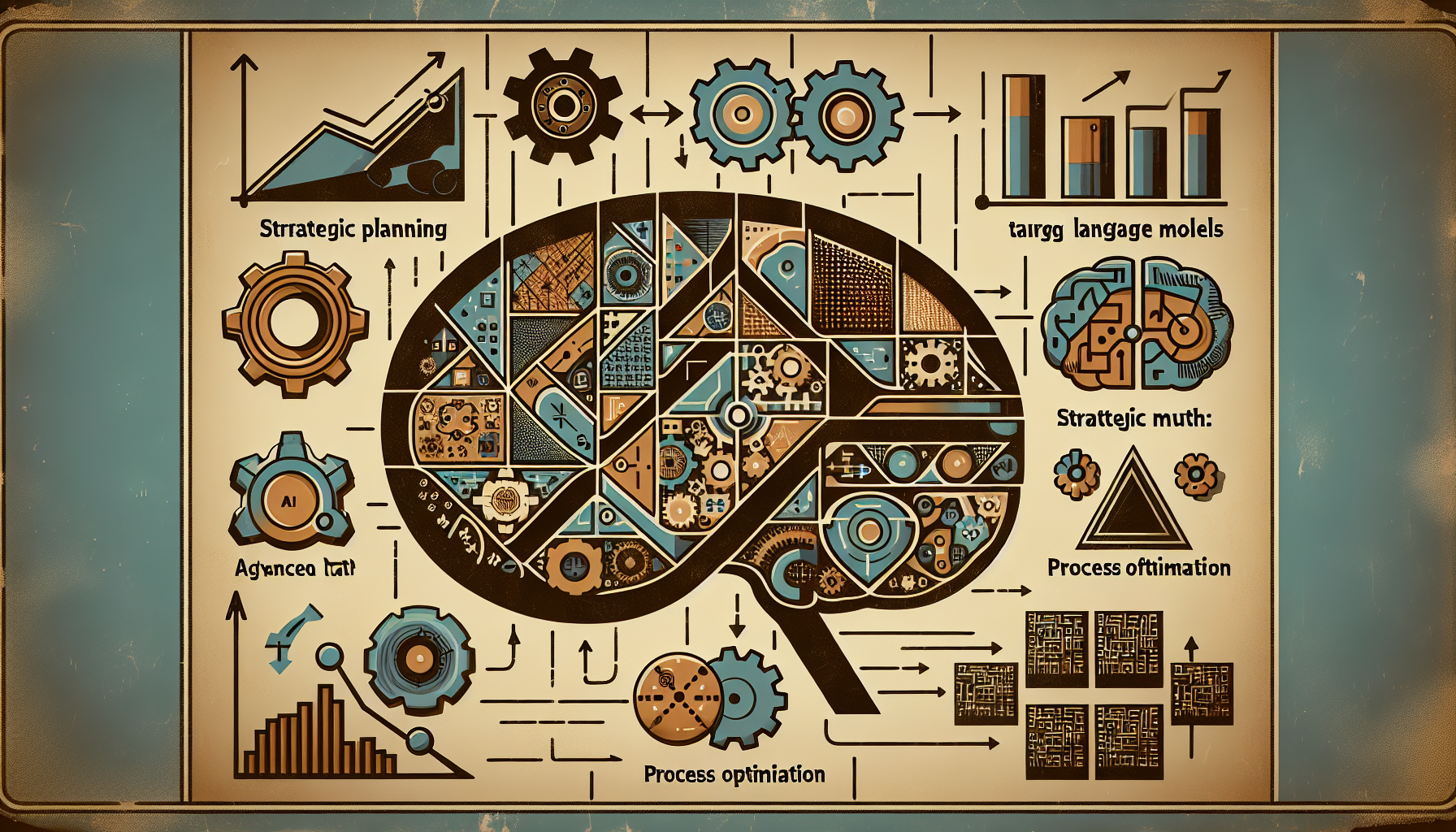A remarkable breakthrough has emerged from the efforts of MIT researchers and their collaborators. They have developed new ways to train large language models (LLMs), so these AI systems can solve complex, multi-step problems by breaking them down into smaller tasks. This leap forward brings us closer to AI with real reasoning abilities, improving performance in areas like strategic planning, advanced math, and process optimization.
How the New Method Works
Traditional language models are fast, generating answers almost instantly. Yet, they often struggle with deep, multi-step reasoning, especially for problems that require logic, patience, and creativity. The new approach introduces an additional phase called test-time training or parameter adaptation. This means the AI can pause and actively adjust its “mind” to better handle a difficult challenge.
Instead of racing to an answer, the model learns during the task. It might take several minutes to adapt itself and consider various angles, which leads to much higher accuracy—sometimes as much as six times better—on tough tasks like pattern recognition and IQ puzzles.
The Innovation: Guided & Valid Solutions
A core part of this advancement is the integration of a probabilistic inference framework. As the AI works through a problem, it adds rules and checks at every step. For example, in coding challenges, not only does the AI make sure that the code makes sense, but it also verifies that the code actually works. It does this by using symbolic representations—a kind of mathematical wisdom—that keeps the model’s output focused only on correct solutions.
Importantly, this process is efficient. There is no need to retrain the entire model or use complex reinforcement learning. Instead, the model is guided in real time by a light but rigorous system that checks for errors and ensures solid reasoning.
AI Excels at Multistep Logic
These improvements tackle one of AI’s greatest challenges: moving past surface-level pattern matching to genuine, multi-step logical reasoning. The results speak for themselves. For the first time, LLMs have solved problems from the International Mathematical Olympiad—a global contest known for its difficulty—while working entirely in natural language. The models reason through these tough questions much like a human would, using newly developed methods that promote deep, adaptive thinking.
The Rise of Hybrid and Collaborative AI
Other research groups have built on these findings. OpenAI’s o1, DeepSeek’s R1, and similar models combine fast, heuristic “shortcuts” with slower, logical step-by-step thought. These hybrid models can remember what they have learned across different tasks, blending quick intuition with careful reasoning.
As a result, language models are becoming more than mere calculators or search tools. They are evolving into collaborative partners—agents that can help scientists with discovery, support engineers with design, and assist professionals with long-term planning and analysis.
Toward Greater Autonomy and Insight
Looking ahead, researchers hope to build models that can decide on their own when to use these advanced reasoning techniques and when to work quickly. The goal is for AI to balance speed and precision in complex domains like law, physics, medicine, and math—without needing constant human guidance.
This line of research could make language models far more reliable and insightful assistants. They could help break down hard problems, find creative solutions, and bring a deeper understanding to everyday and scientific tasks alike.
In Summary
- New training allows LLMs to break big problems into smaller steps, enabling deeper reasoning.
- Test-time parameter adaptation helps the model improve accuracy on difficult challenges.
- Built-in probabilistic checks ensure every solution is valid with minimal extra training.
- AI now solves world-class math problems using natural language alone.
- Hybrid models blend fast guesses with logical, methodical thinking.
- Next-generation systems will choose the best strategy automatically for each challenge.
With these advances, AI takes a profound step closer to human-like reasoning. By blending adaptive training, structured logic, and collaborative memory, language models stand ready to tackle the toughest problems in science, engineering, and beyond.

Leave a Reply